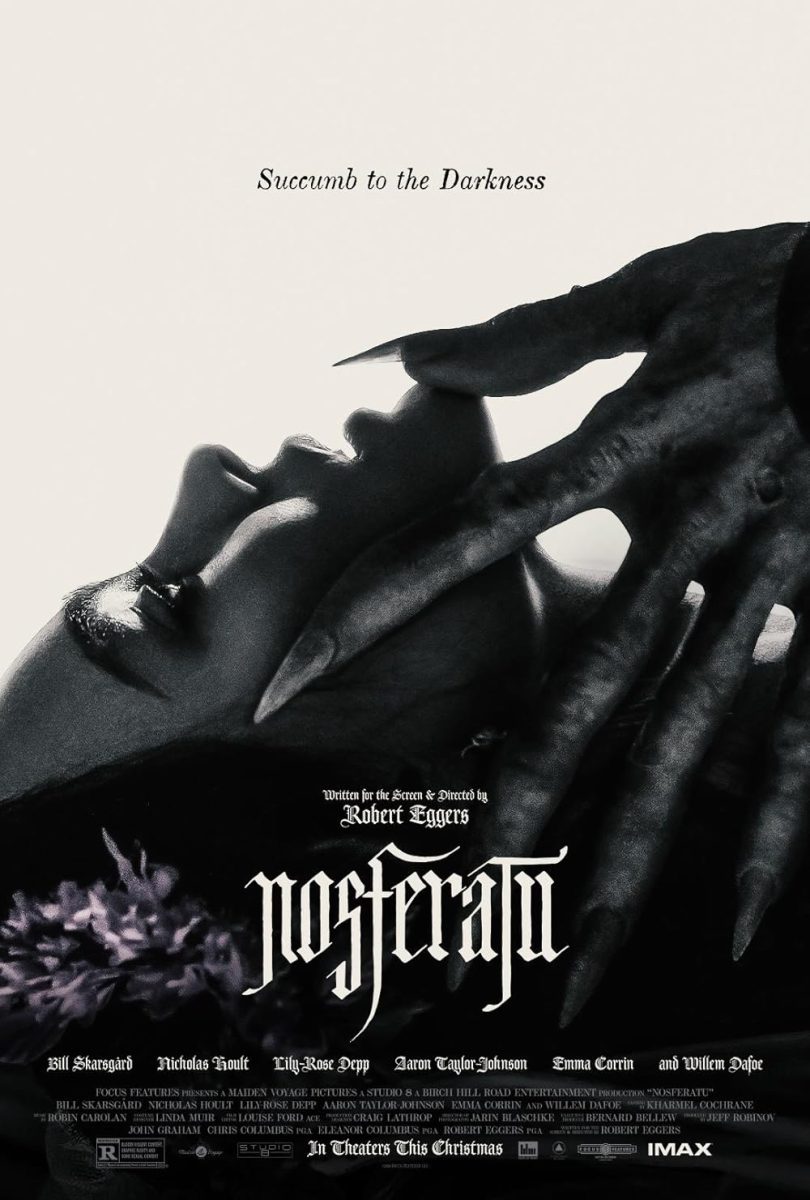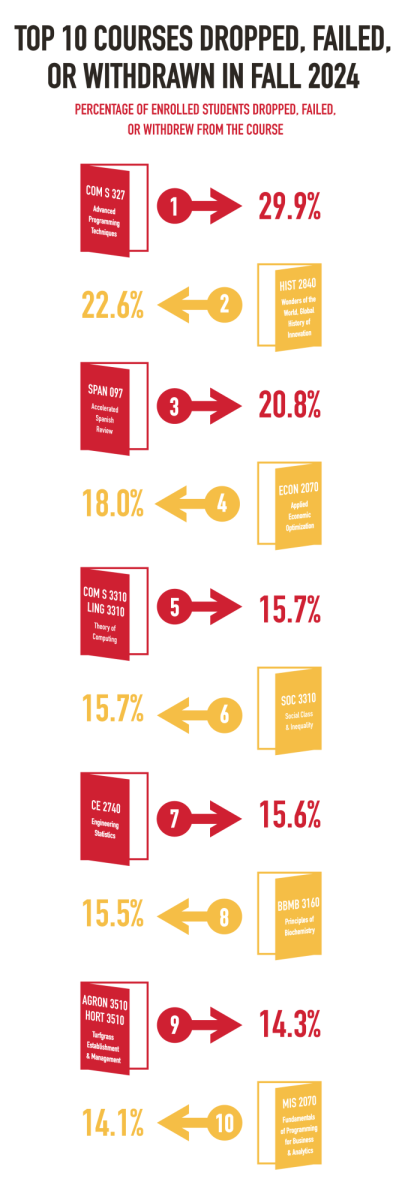Editorial: NFL owners, players must work together
March 28, 2011
The National Football League is trying to settle a dispute over revenue flow between the club owners and players regarding surplus. The dispute, which began in early 2009, could not reach a negotiation during contract signing and the owners are now in the hands of a lawsuit.
The NFL Players Association, consisting of all the athletes as well as a representative to guide them, chose to leave the back-and-forth negotiations and make a statement loud and clear for the owners.
Players filed an antitrust lawsuit, proclaiming the clubs aren’t taking the players’ interests into account, nor are they leaving room for compromise.
This propelled the players out of the league and has stopped the mediations altogether.
A proposal on the owners’ side has an under-budgeted projection of the revenue for future seasons, leaving a surplus to fall into the owners’ pockets.
The owners need to consider splitting projections.
The fact that owners seem willing to negotiate is encouraging, but it’s time for them to let go of the notion of keeping the entire surplus to themselves. We, like the NFL athletes who wrote a letter to NFL Commissioner Roger Goodell on March 19, understand why the owners would want to do this – but that doesn’t make it right, and it certainly doesn’t make it a fair deal for all parties.
Money aside, though, perhaps the most important issue to consider throughout any potential negotiations is safety.
The March 19 letter sent from the players to Goodell said, “The changes in offseason workouts and other benefits to players were conditioned upon the players accepting an economic framework that was unjustified and unfair.”
To dangle the idea of safer working conditions in front of players, hinging the improvements on the acceptance of economic conditions that benefit owners more than they do players, is simply not right.
In fact, the owners’ insistence on switching to an 18-game regular season is arguably detrimental to player safety, as both players and medical officials continue to point out. We encourage you to take a look at the 10-page report, “The Dangers of the Game,” which outlines injury statistics from 2002 through the first 16 games of the 2010 season. Among other key facts, you’ll learn that relative brain trauma cases rise on average through weeks 1-18.
Ultimately, the relationship between players and team owners should be a supportive one — as unlikely as this may seem. Owners cannot expect to take all the income from the players. After all, the athletes’ effort are the true reason the NFL has fans and is a national pastime.






